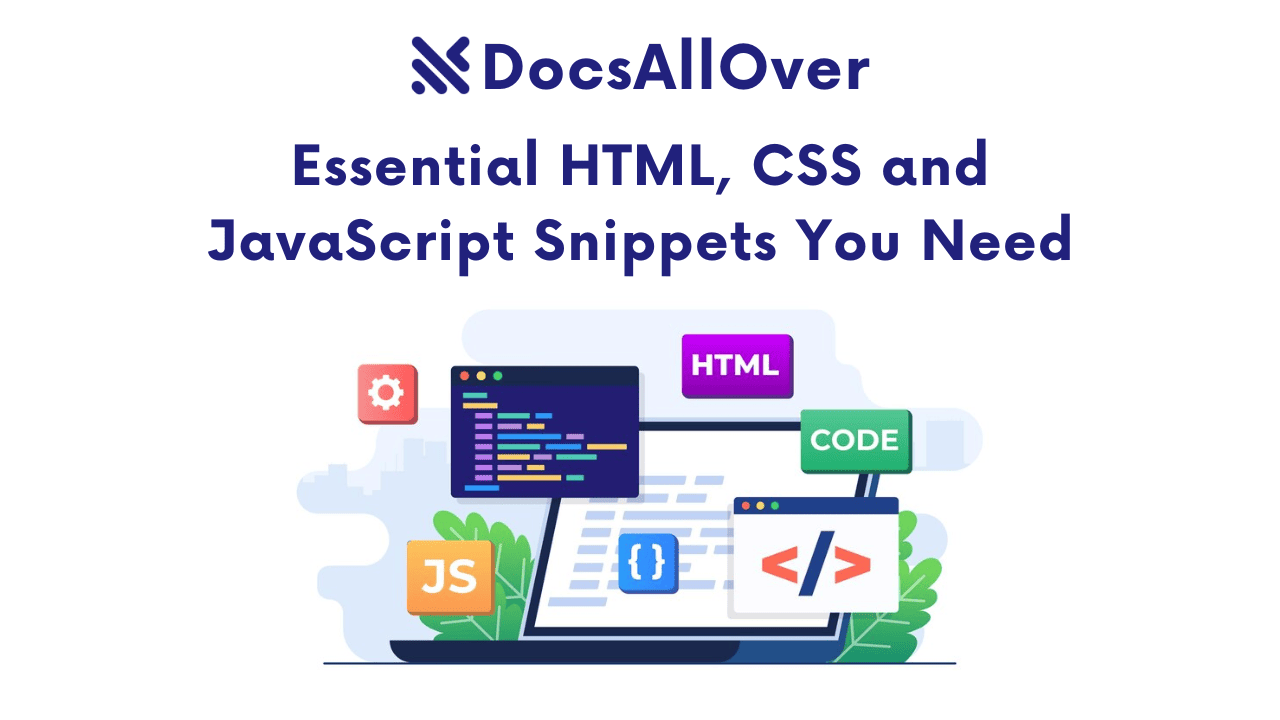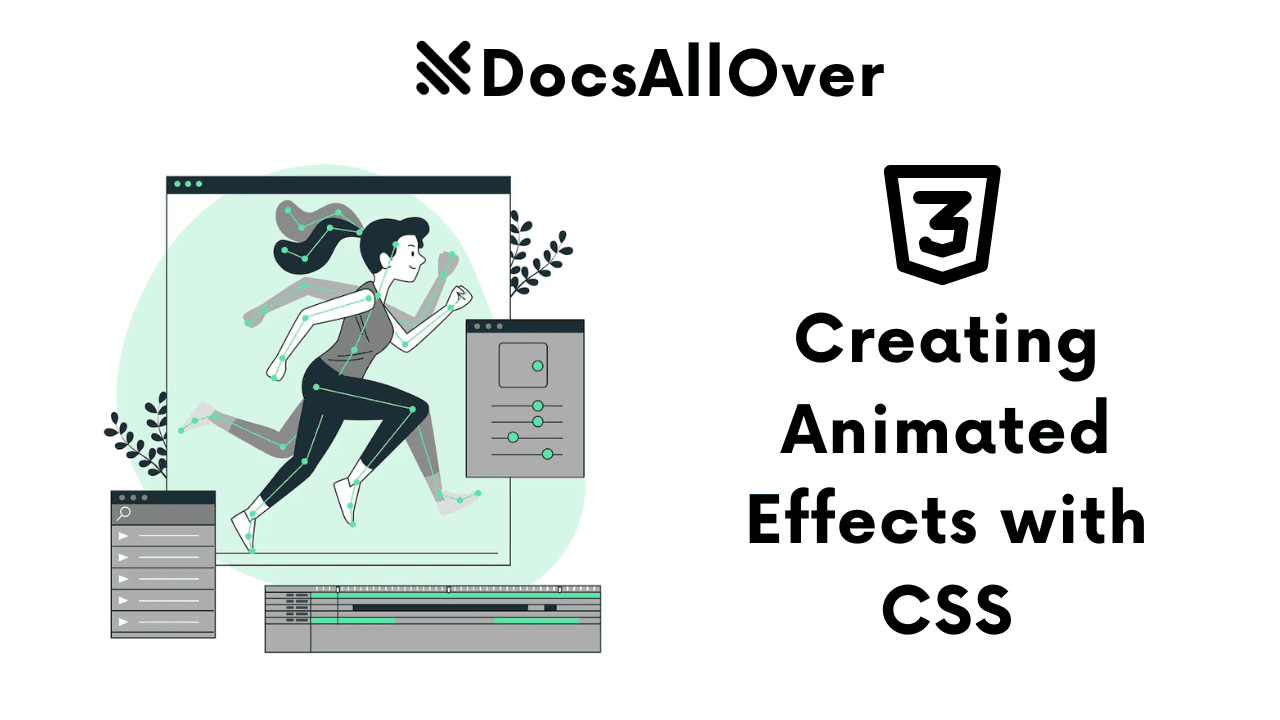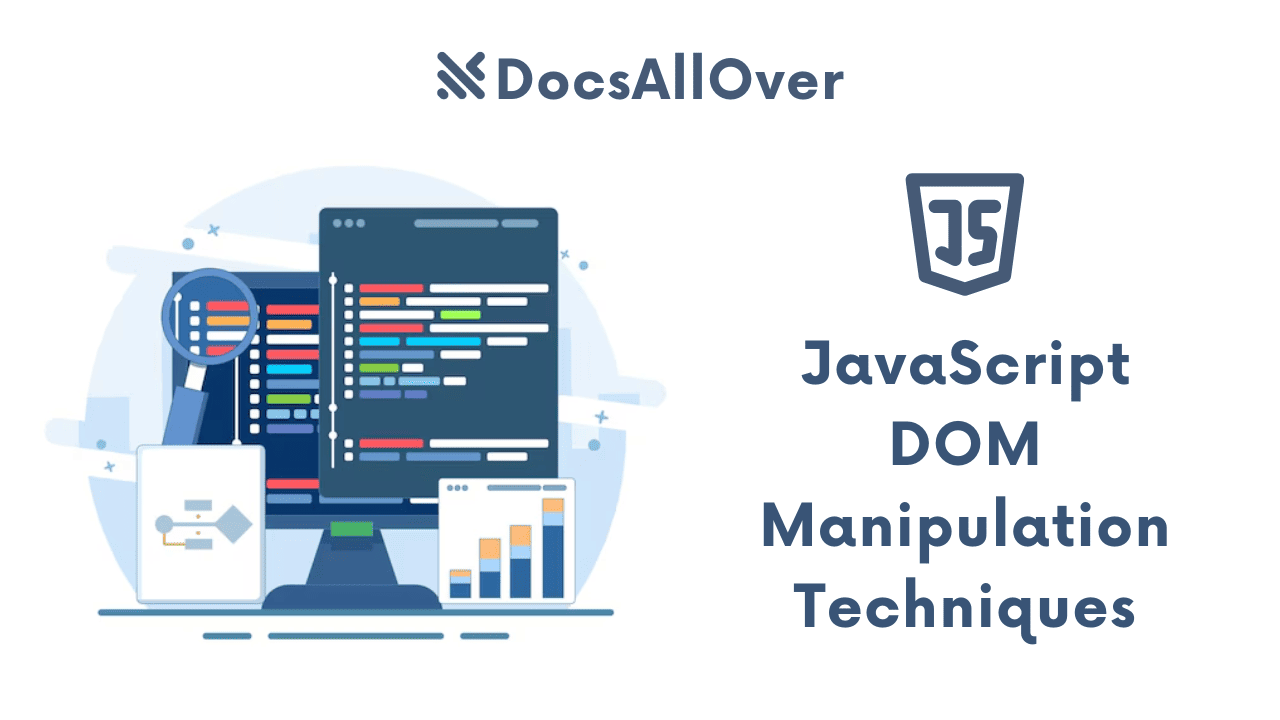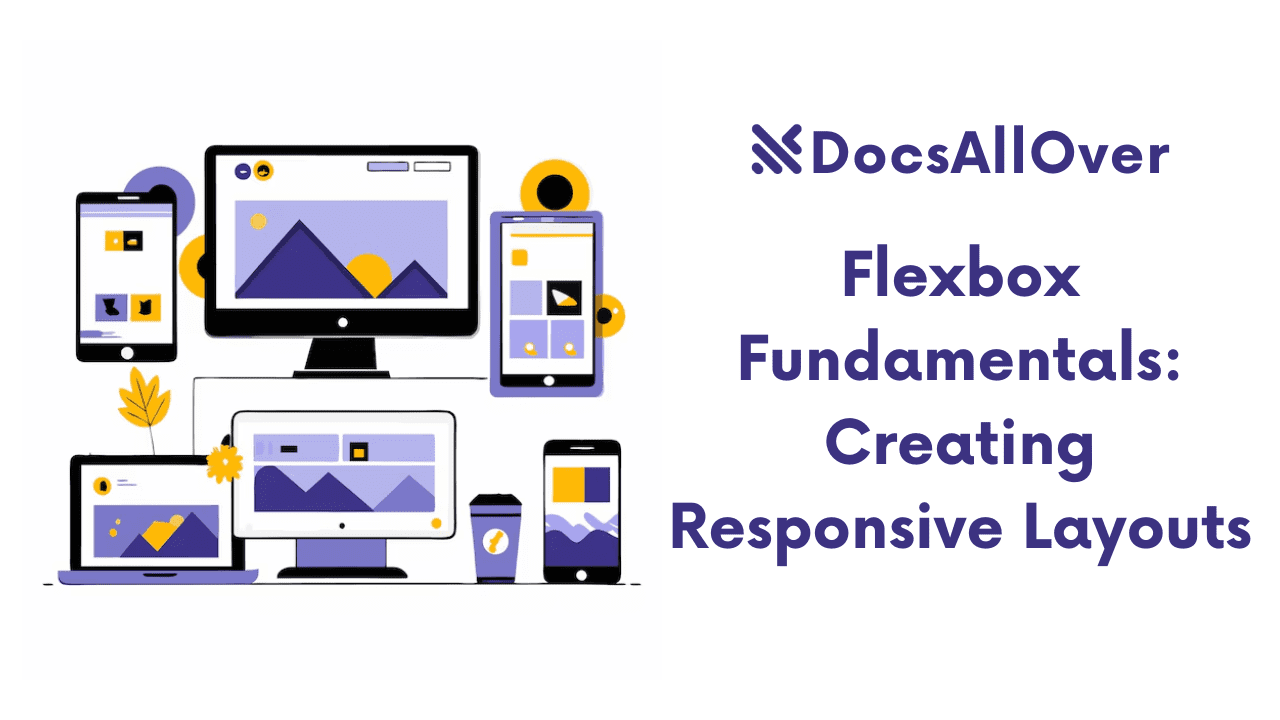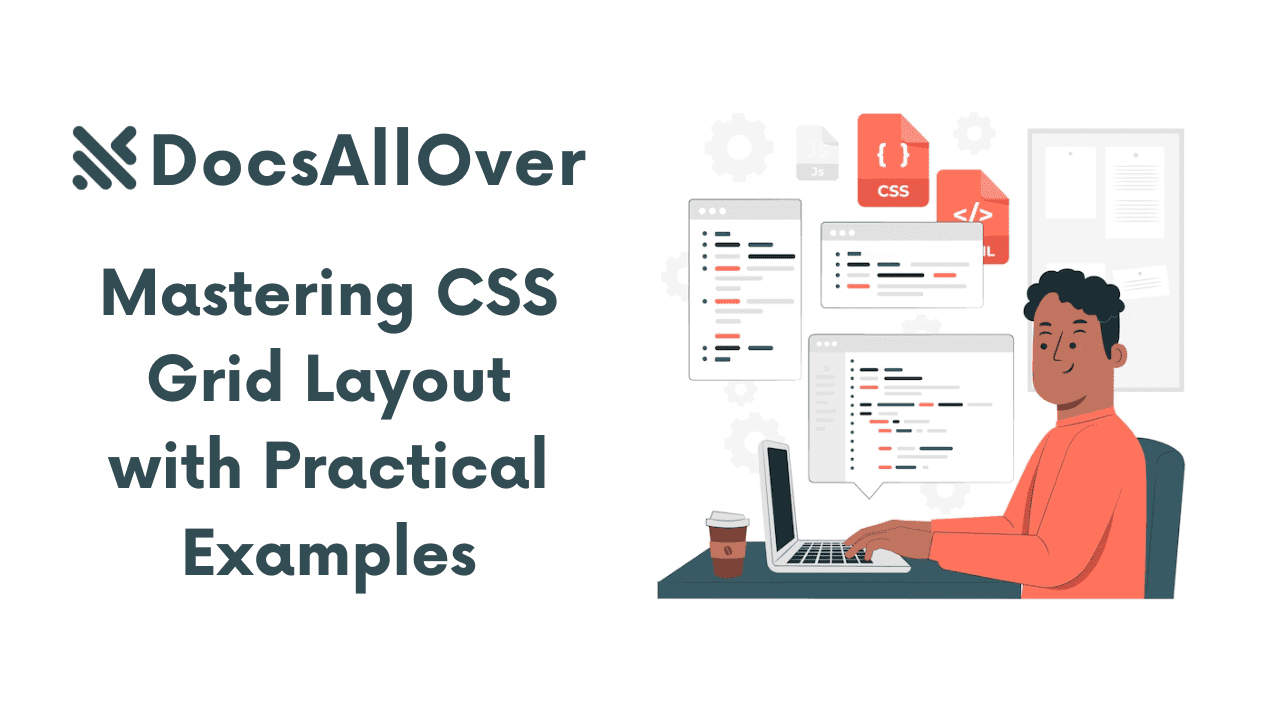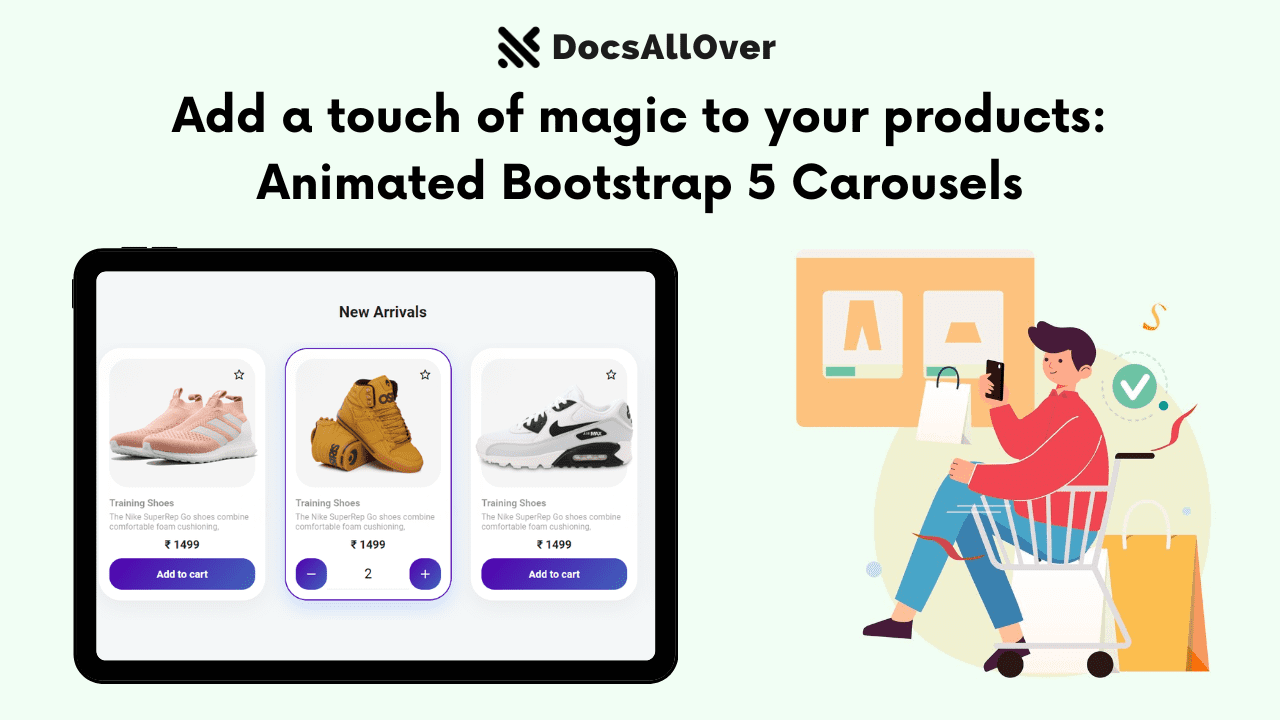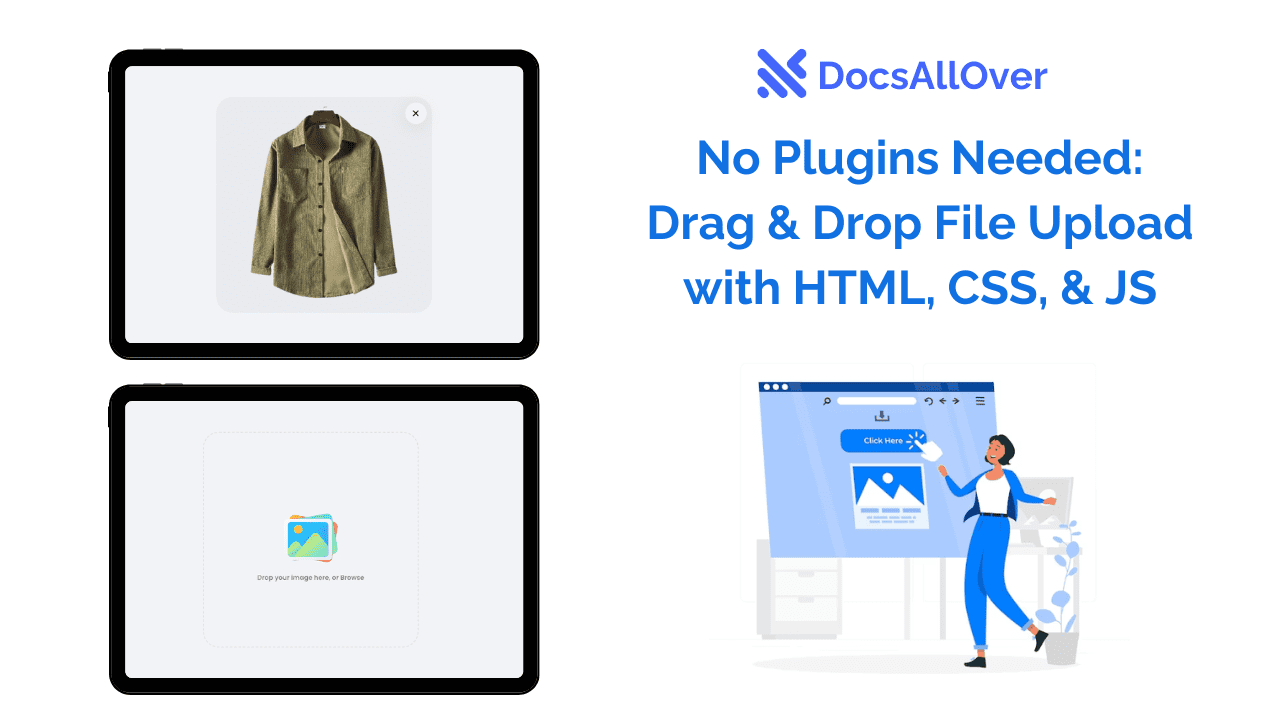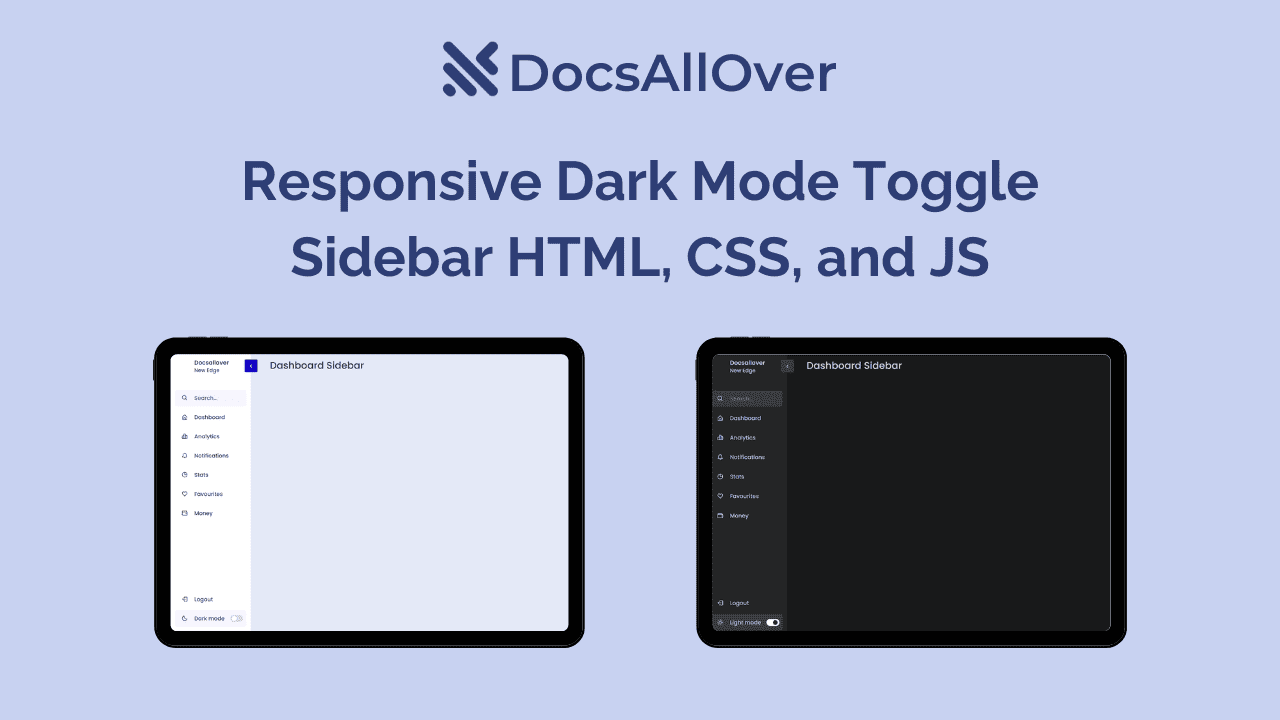Essential HTML5 Elements and Attributes

What is HTML5?
HTML5 is the latest version of the Hypertext Markup Language, which is used to structure and present content on the web. It introduces new elements, attributes, and APIs that enhance the capabilities of web development.
Importance of Understanding HTML5 Elements and Attributes
A solid understanding of HTML5 elements and attributes is crucial for building modern, accessible, and well-structured websites. HTML5 provides a richer set of tools for creating engaging and interactive web content.
Overview of Key HTML5 Elements and Attributes
HTML5 offers a wide range of elements and attributes to structure and present content on the web. Some of the key elements and attributes include:
- Structural elements:
<html>,<head>,<body>,<section>,<article>,<nav>,<main>,<aside>,<header>,<footer> - Semantic elements:
<header>,<nav>,<main>,<aside>,<footer>,<section>,<article>,<figure>,<figcaption>,<hgroup>,<address>,<time>,<details>,<summary> - Text elements:
<p>,<h1-h6>,<span>,<code>,<pre>,<q>,<blockquote>,<cite>,<abbr>,<address> - Form elements:
<form>,<input>,<label>,<button>,<select>,<option>,<textarea>,<fieldset>,<legend> - Media elements:
<img>,<audio>,<video>,<source>,<track>
These elements and attributes provide a foundation for building well-structured and accessible web pages.
Structural Elements
<html>
- The root element of an HTML document.
- Contains the
<head>and<body>elements.
<head>
Contains metadata about the HTML document, such as the title, stylesheets, scripts, and other information.
<body>
Contains the visible content of the HTML document, including text, images, links, and other elements.
<section>
- Represents a generic section of a document.
- Can be used to group related content.
<article>
Represents an independent item of content, such as a blog post, news article, or forum post.
<nav>
Represents a section of a page that links to other pages or sections of the same page.
<aside>
Represents content aside from the main content of the page.
<header>
Represents the introductory section of a document or page.
<footer>
Represents the footer section of a document or page, typically containing copyright information or contact details.
<main>
Represents the main content of a page.
Example:
This example demonstrates the basic structure of an HTML document, using structural elements to organize the content.
Semantic Elements
Semantic elements convey meaning about the content of a web page, making it more accessible and understandable for both humans and search engines.
<header>, <nav>, <main>, <aside>, <footer>
These elements are commonly used to define the structure of a web page:
<header>: Represents the introductory section of a document or page, typically containing the title, logo, or navigation links.<nav>: Represents a section of a page that links to other pages or sections of the same page.<main>: Represents the main content of a page.<aside>: Represents content aside from the main content, such as sidebars or related information.<footer>: Represents the footer section of a document or page, typically containing copyright information or contact details.
<section>, <article>, <figure>, <figcaption>
These elements are used to define independent sections or items of content:
<section>: Represents a generic section of a document.<article>: Represents an independent item of content, such as a blog post or news article.<figure>: Represents a flow content that is not directly part of the main flow, such as an image, diagram, or code listing.<figcaption>: Represents the caption for a <figure> element.
<hgroup>, <address>, <time>, <details>, <summary>
These elements provide additional semantic meaning:
<hgroup>: Groups heading elements together.<address>: Represents the address of a person, organization, or place.<time>: Represents a specific point in time.<details>: Represents a disclosure element, which can be expanded or collapsed to reveal additional content.<summary>: Represents the summary of a<details>element.
Example:
By using semantic elements, you can improve the accessibility and SEO of your web pages.
Text Elements
<p>
Represents a paragraph of text.
<h1-h6>
- Represents headings of different levels.
<h1>is the most important heading, while<h6>is the least important.
<span>
Represents a generic inline element that can be used to group text or apply styles.
<code>
Represents a code snippet.
<pre>
Represents preformatted text, preserving whitespace and line breaks.
<q>
Represents a short quotation.
<blockquote>
Represents a long quotation.
<cite>
Represents the title of a work, such as a book, article, or song.
<abbr>
Represents an abbreviation or acronym.
<address>
Represents the address of a person, organization, or place.
Example:
These text elements can be used to structure and format text content on your web pages.
Form Elements
<form>
- Represents an HTML form for collecting user input.
- Contains input elements and a submit button.
<input>
- Represents an input field.
- Can have various types, such as text, password, email, number, checkbox, radio, date, time, file, etc.
<label>
Associates a label with an input element, making it easier for users to understand the purpose of the input.
<button>
Represents a button that can be clicked by the user.
<select>
Represents a list of options that the user can select from.
<option>
Represents an option within a <select> element.
<textarea>
Represents a multi-line text input field.
<fieldset>
Groups related input elements together.
<legend>
Provides a caption for a <fieldset> element.
Example:
These form elements are essential for creating interactive web forms that allow users to input data.
Media Elements
<img>
- Represents an image.
- Has attributes like src, alt, width, height, title, etc.
<audio>
- Represents an audio file.
- Has attributes like src, controls, autoplay, loop, muted, etc.
<video>
- Represents a video file.
- Has attributes like src, controls, autoplay, loop, muted, width, height, etc.
<source>
- Specifies alternative media resources for
<audio>and<video>elements. - Has attributes like src and type.
<track>
- Provides text tracks for
<audio>and<video>elements, such as captions or subtitles. - Has attributes like kind, src, srclang, label, etc.
Example:
These media elements allow you to embed images, audio, and video content into your web pages.
Other Essential Elements
<a>
- Represents a hyperlink.
- Has attributes like href, target, rel, etc.
<ul>
Represents an unordered list.
<ol>
Represents an ordered list.
<li>
Represents an item in a list.
<table>
Represents a table.
<tr>
Represents a table row.
<td>
Represents a table data cell.
<th>
Represents a table header cell.
Example:
These elements are commonly used to create links, lists, and tables in web pages.
Best Practices for Using HTML5 Elements and Attributes
Using Semantic Elements for Better Accessibility and SEO
- Improve accessibility: Semantic elements provide meaningful information to assistive technologies, making your content more accessible to users with disabilities.
- Enhance SEO: Search engines can better understand the structure and content of your web pages when you use semantic elements appropriately.
- Improve readability: Semantic elements make your HTML code more readable and easier to maintain.
Validating HTML Code
- Use a validator: Use an HTML validator to check your code for errors and ensure it adheres to HTML5 standards.
- Fix errors: Address any errors or warnings reported by the validator.
- Validate regularly: Validate your HTML code regularly, especially after making changes.
Writing Clean and Readable HTML
- Use consistent indentation: Indent your code consistently to improve readability.
- Avoid unnecessary nesting: Keep your HTML structure as flat as possible to avoid excessive nesting.
- Use meaningful element names: Choose element names that accurately reflect the content they contain.
- Comment your code: Add comments to explain complex sections of your HTML code.
